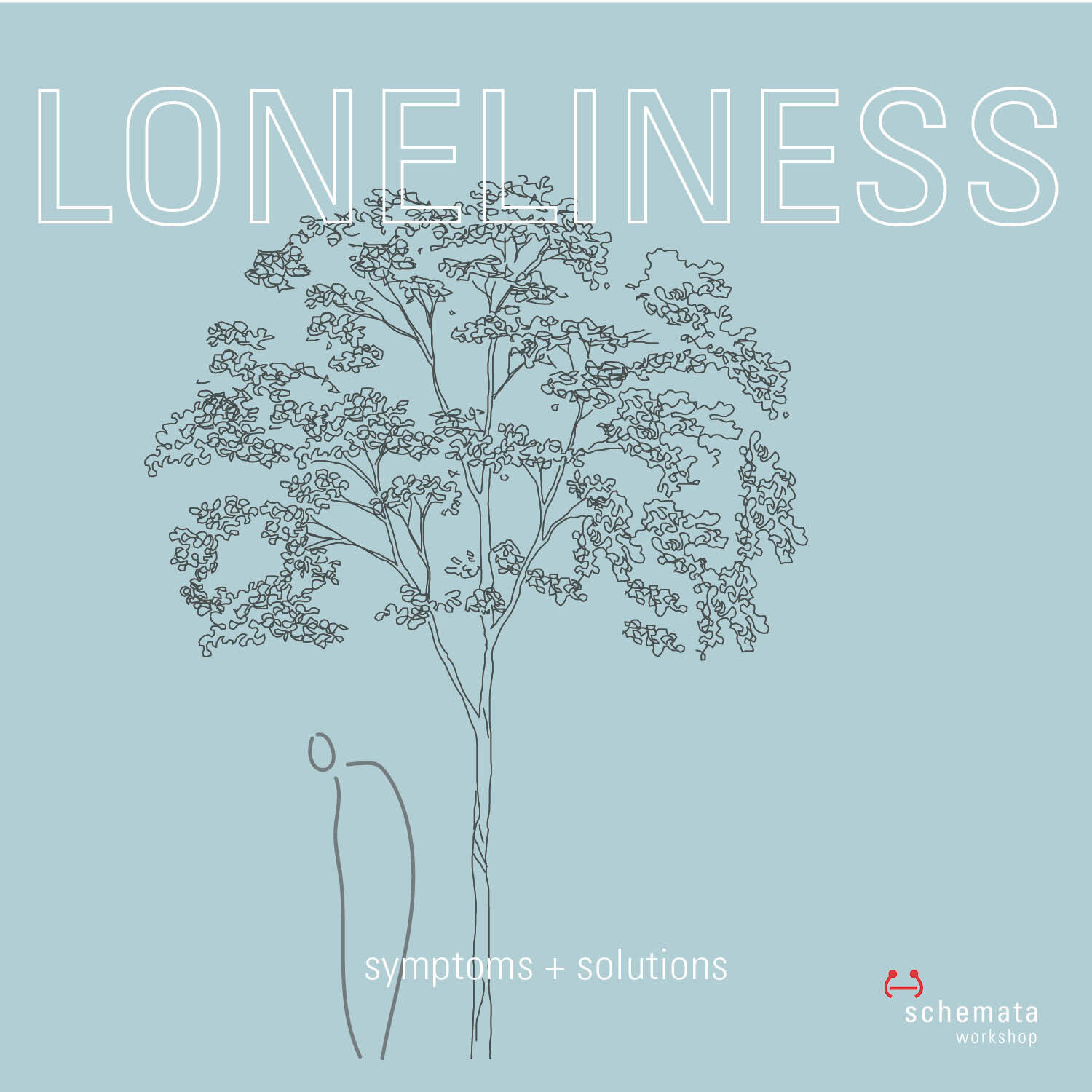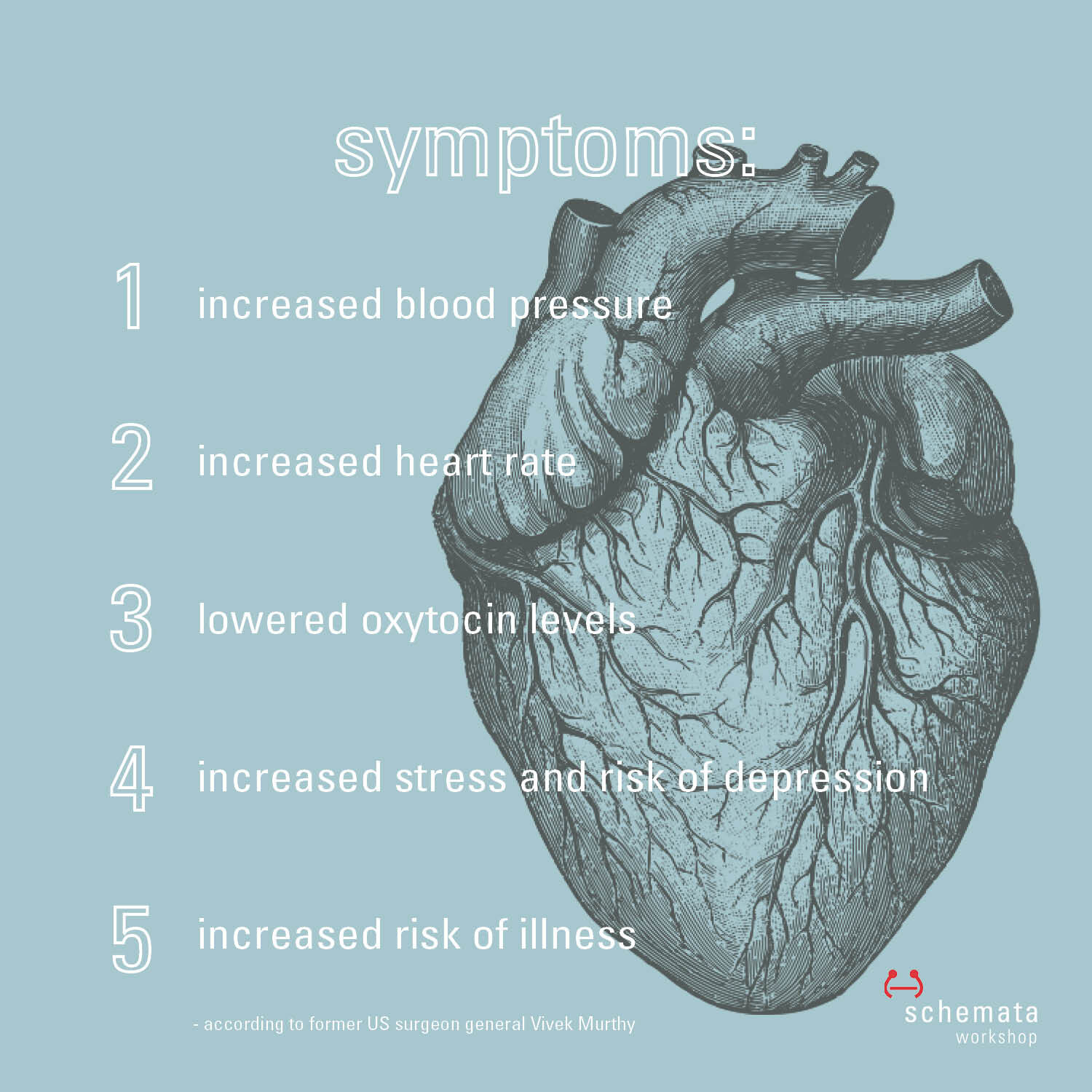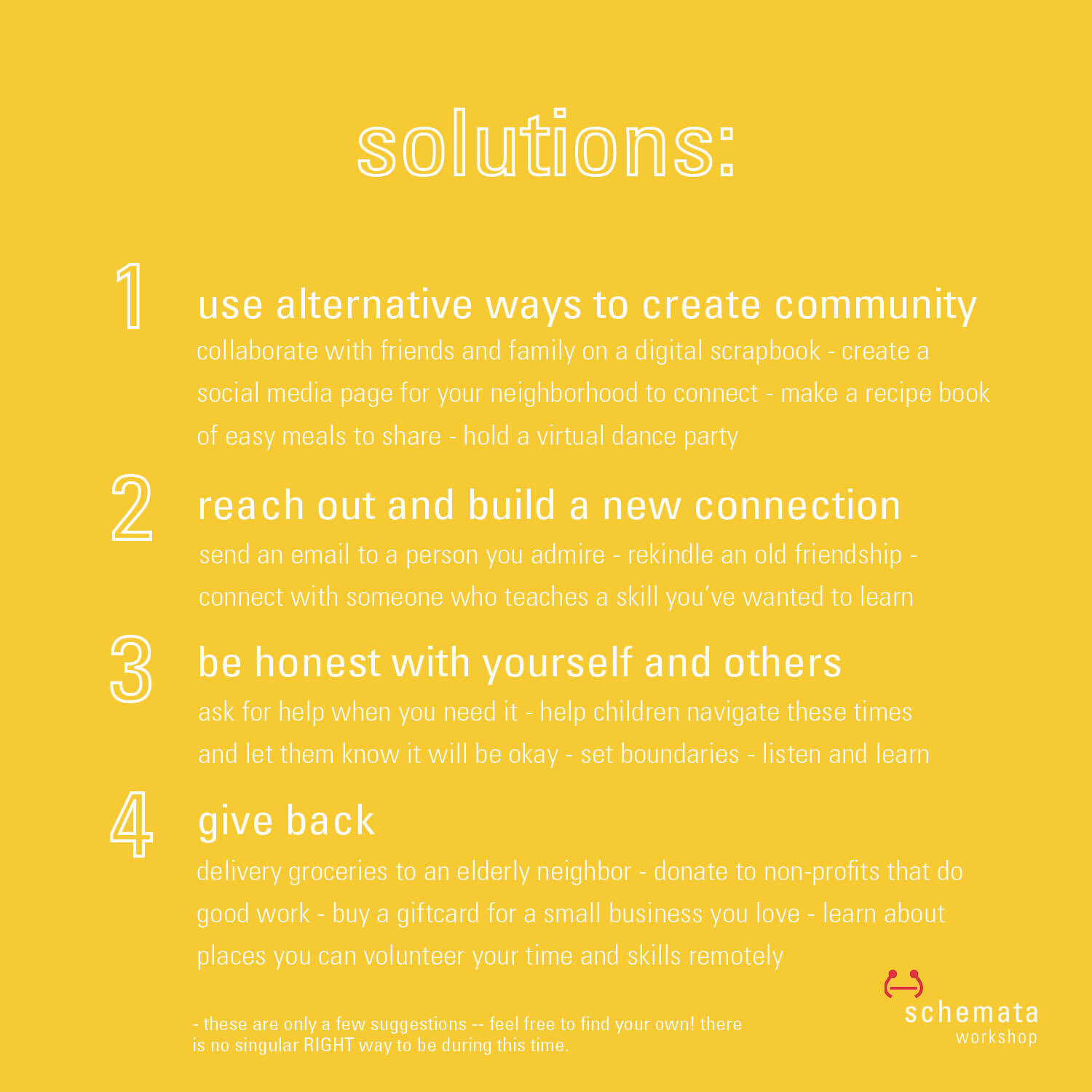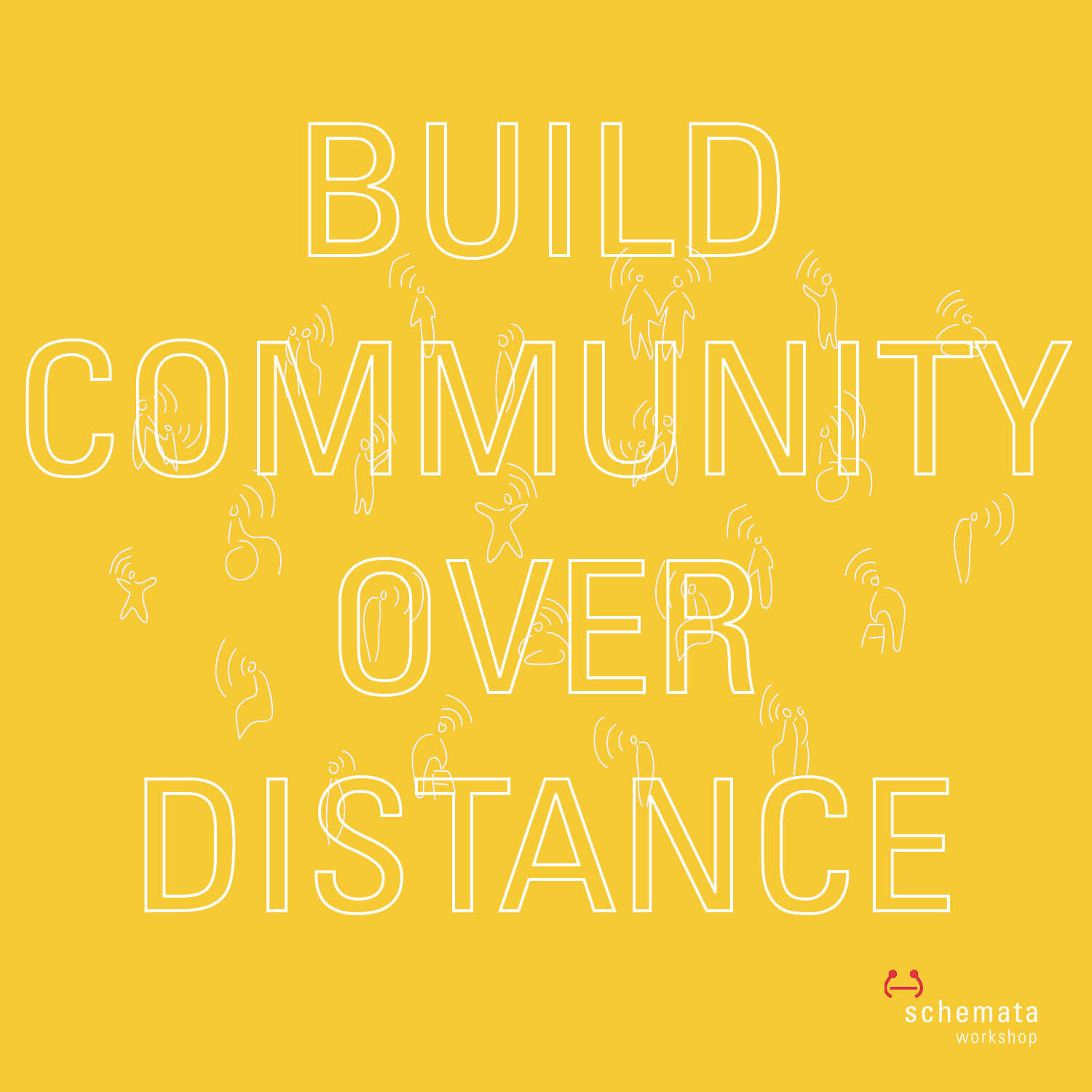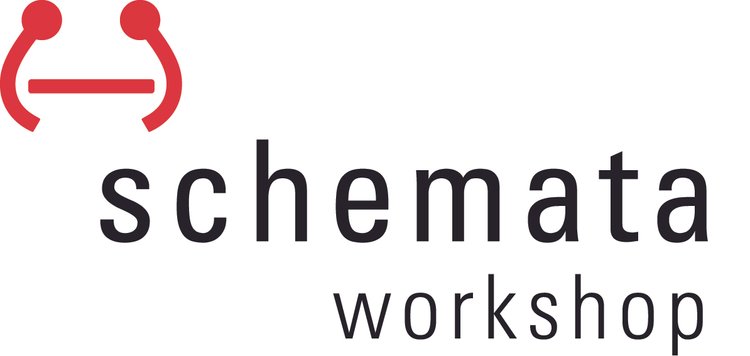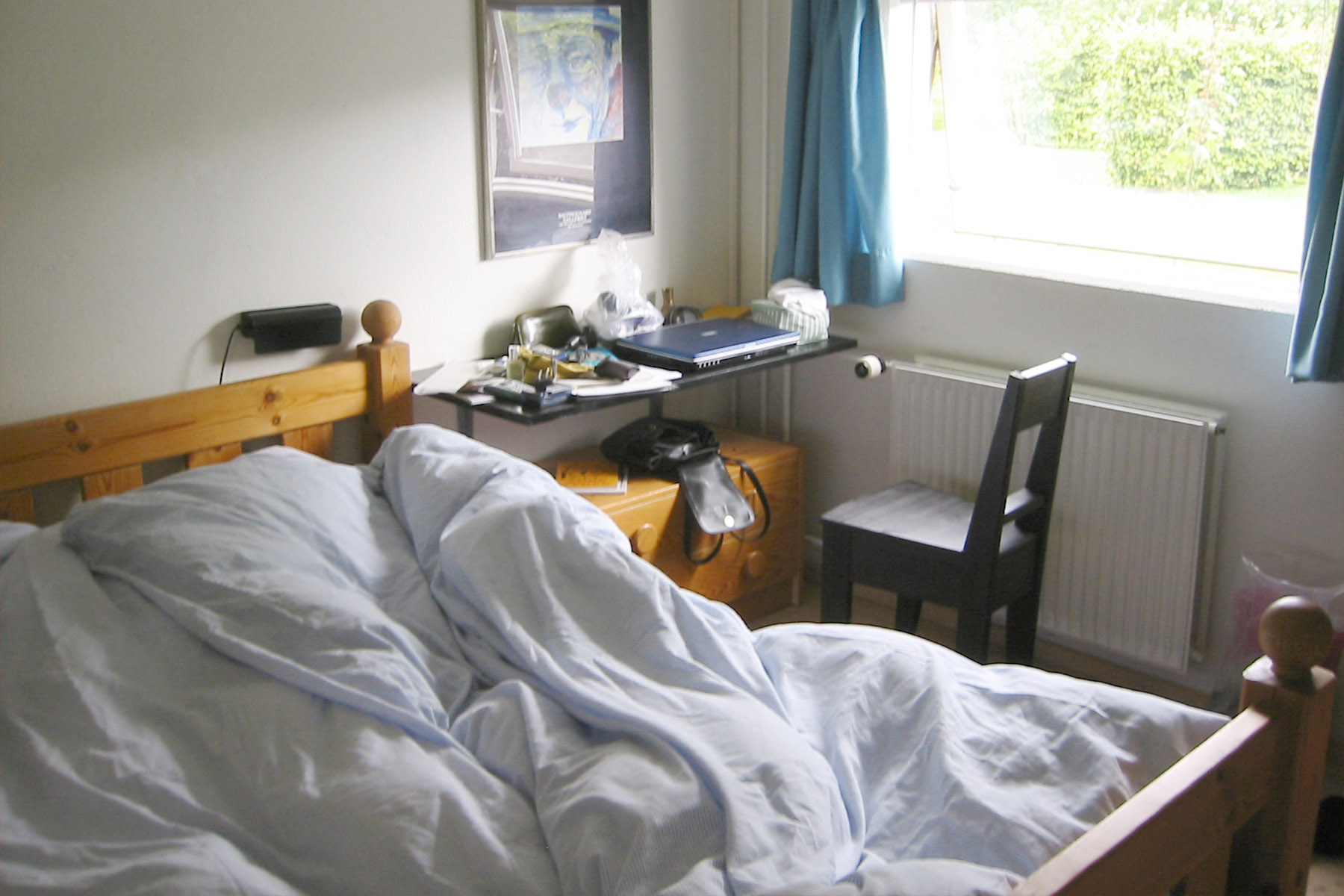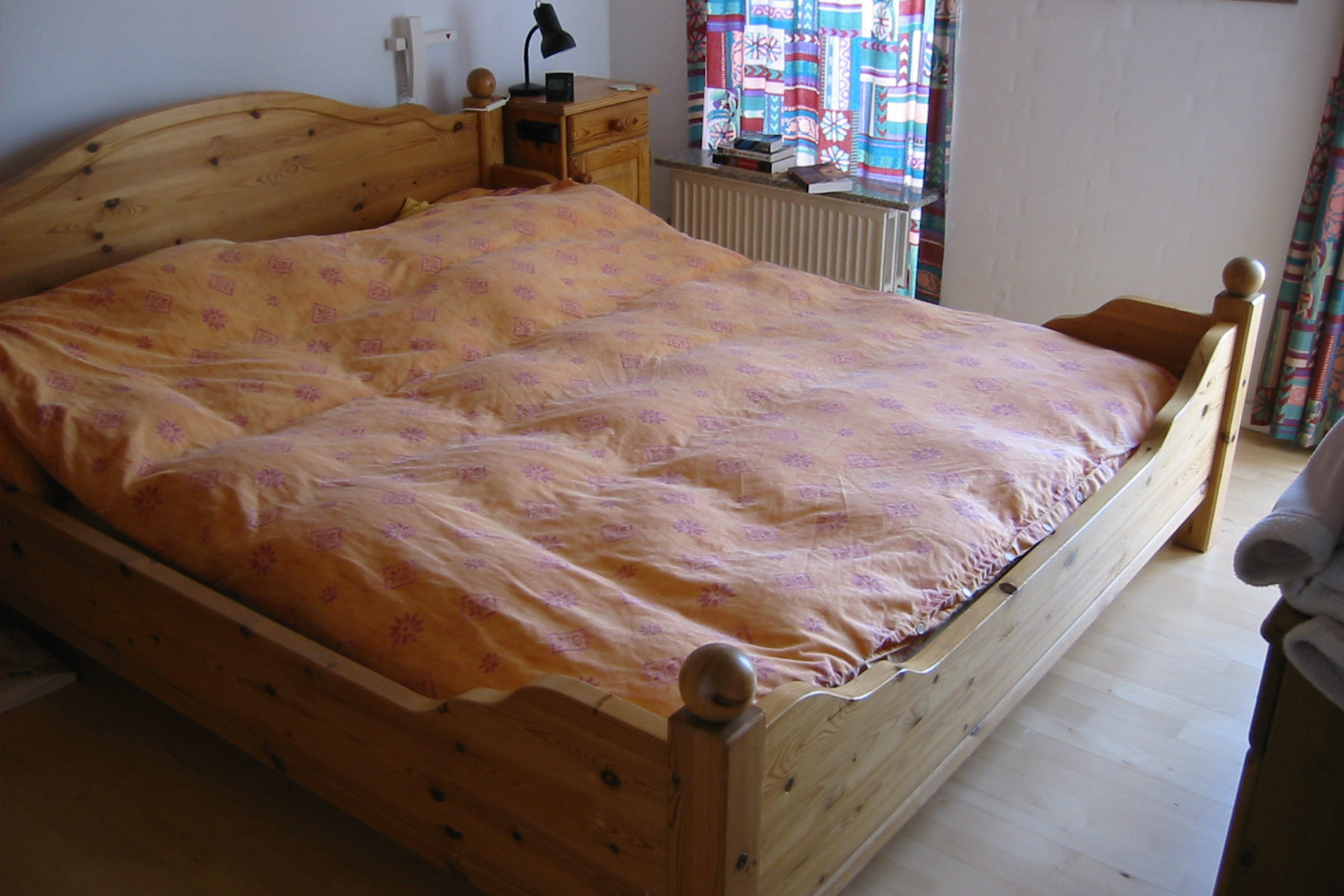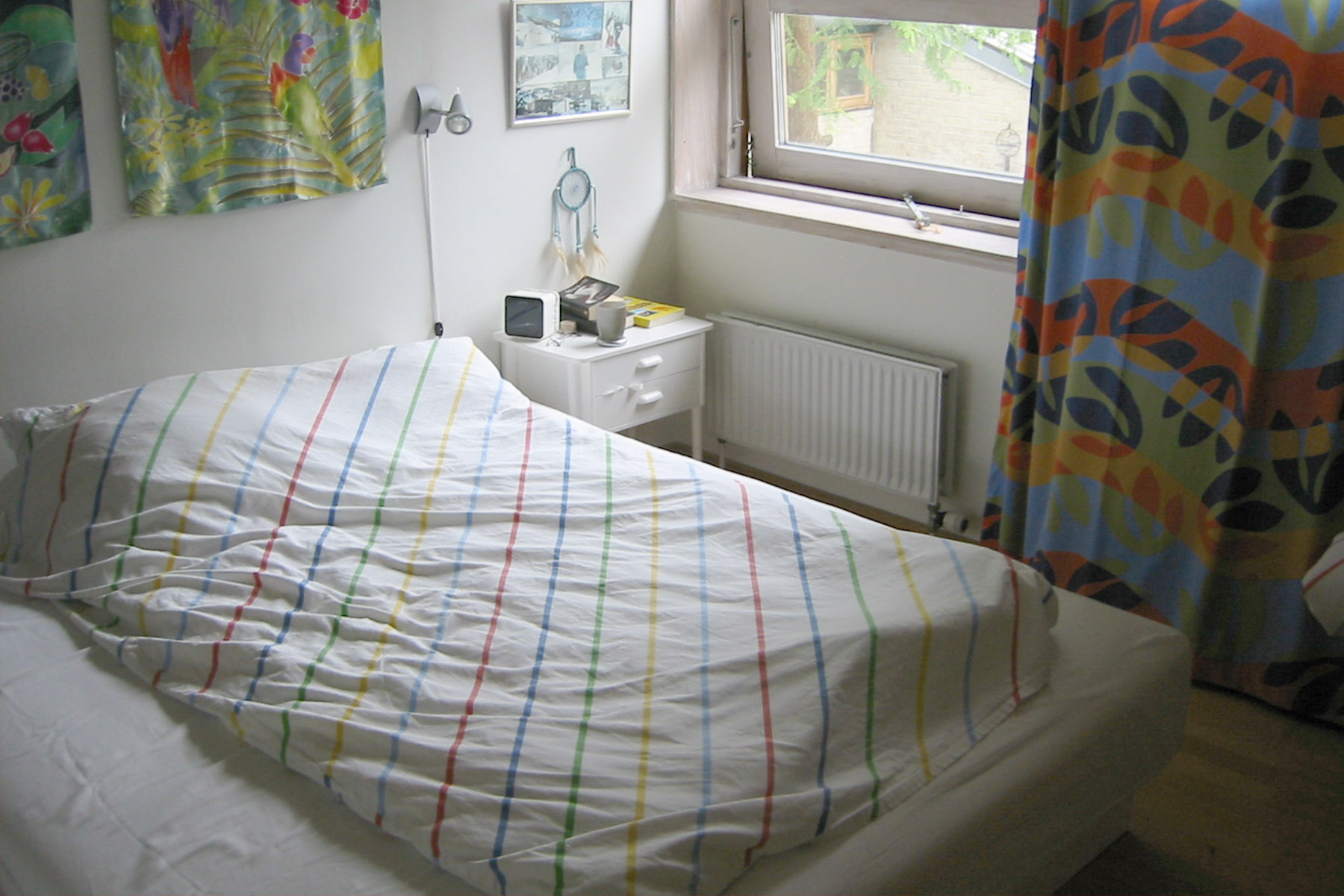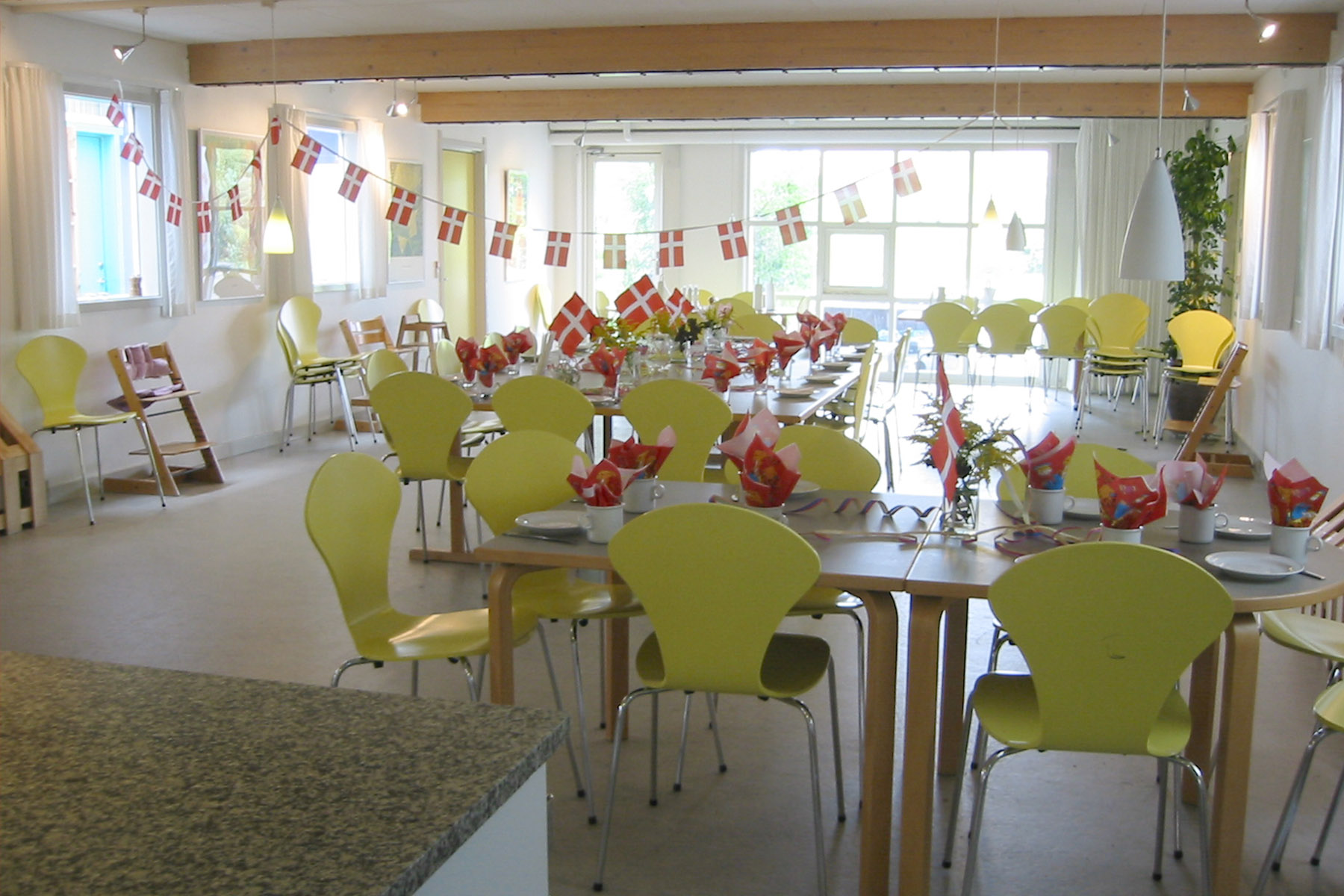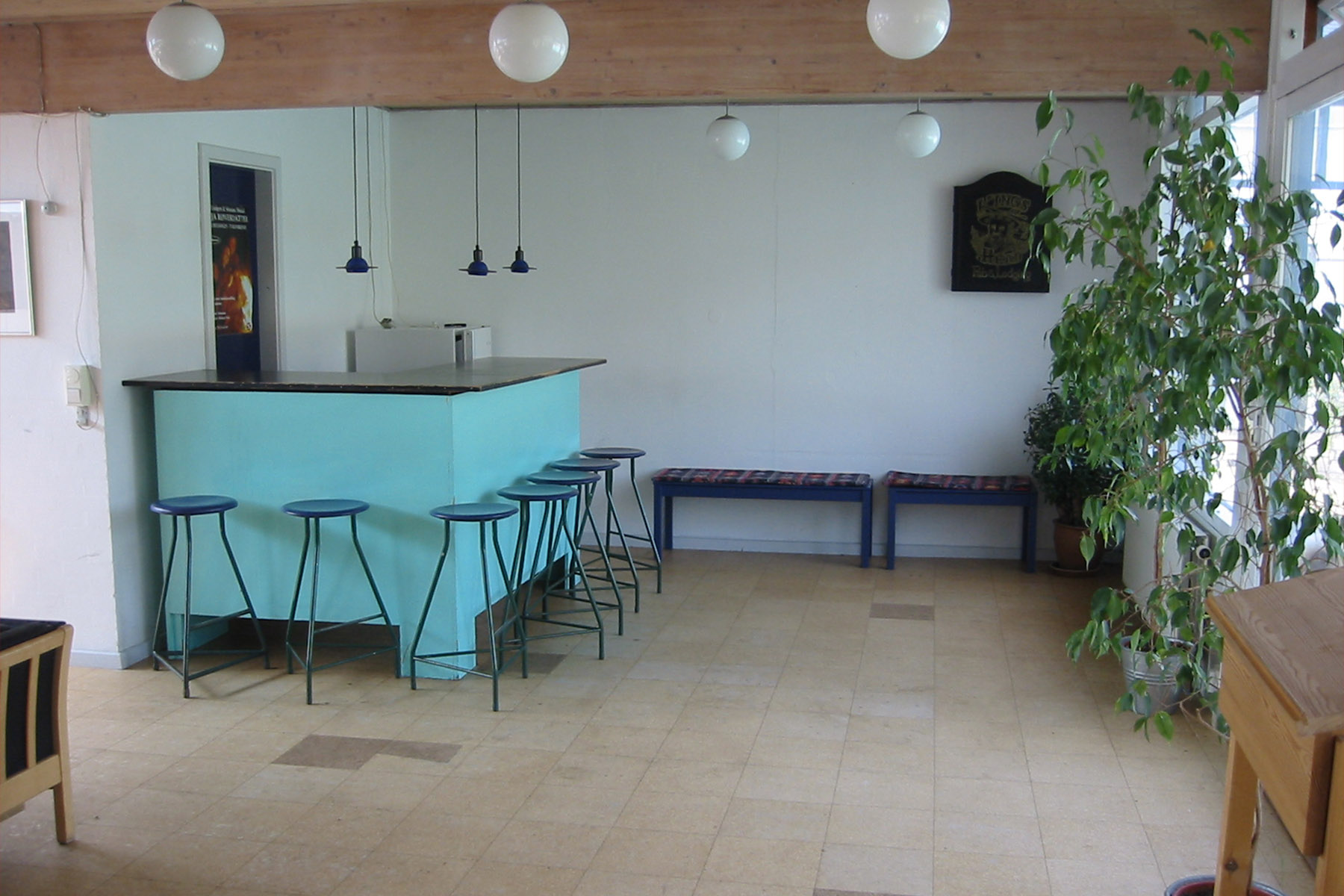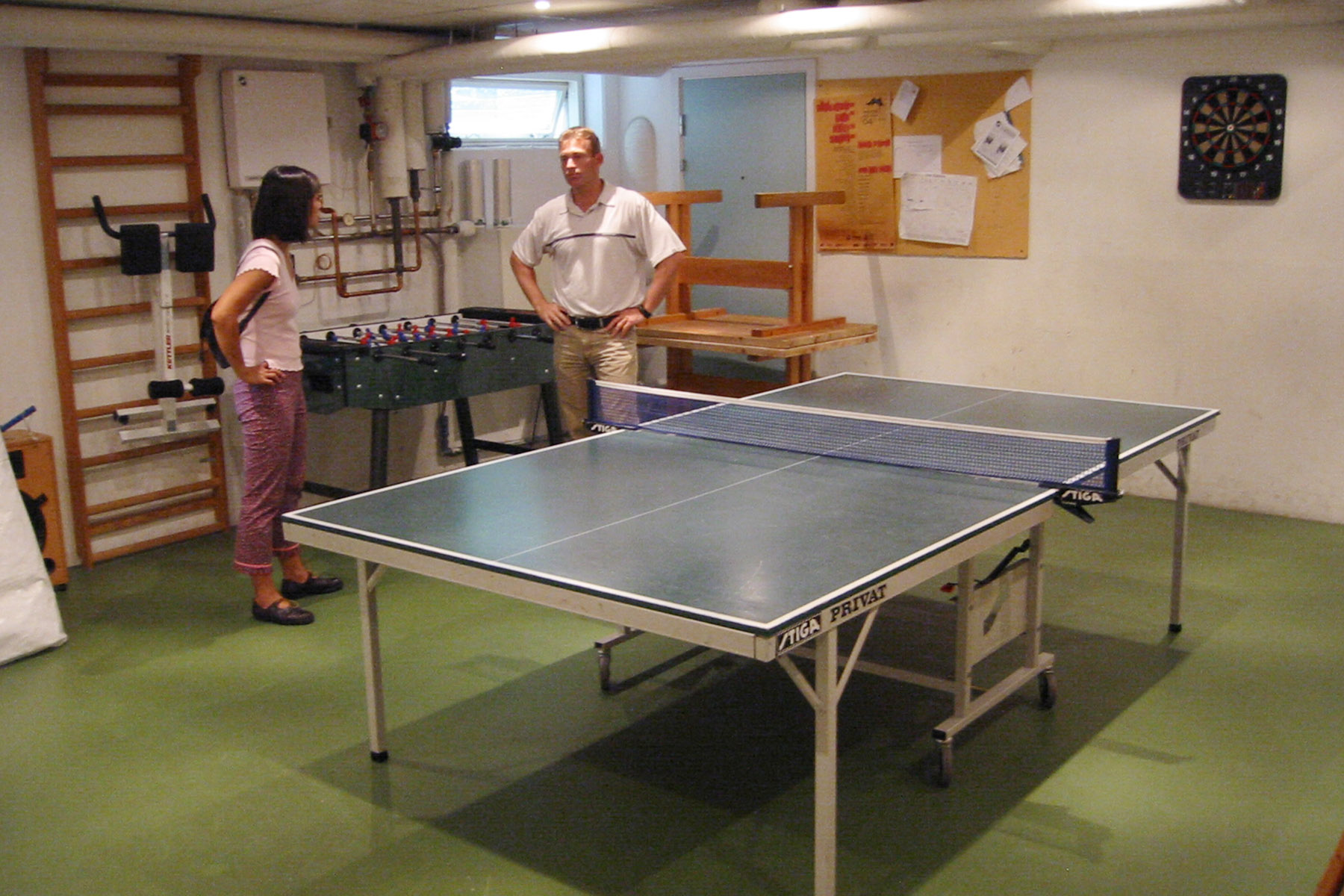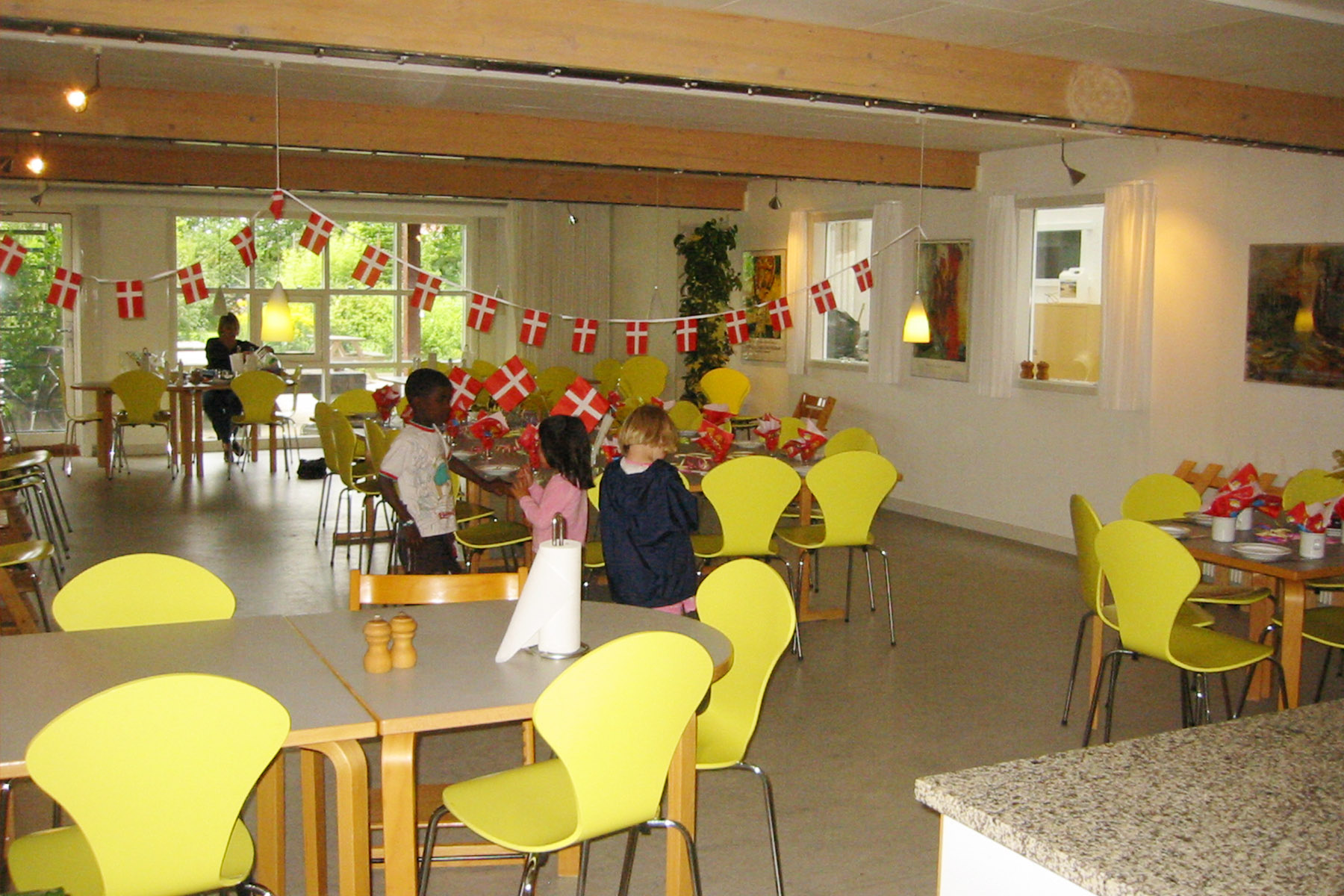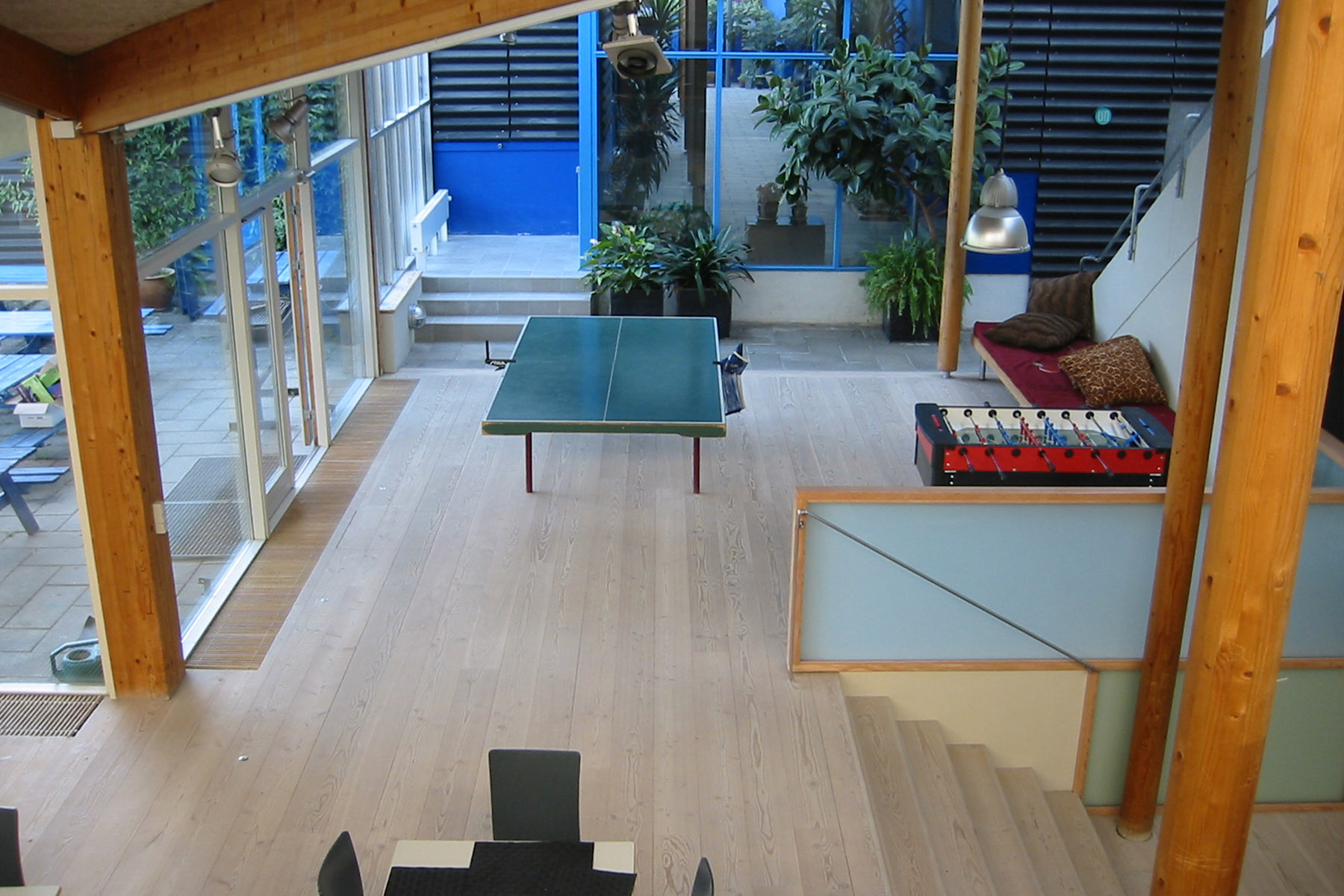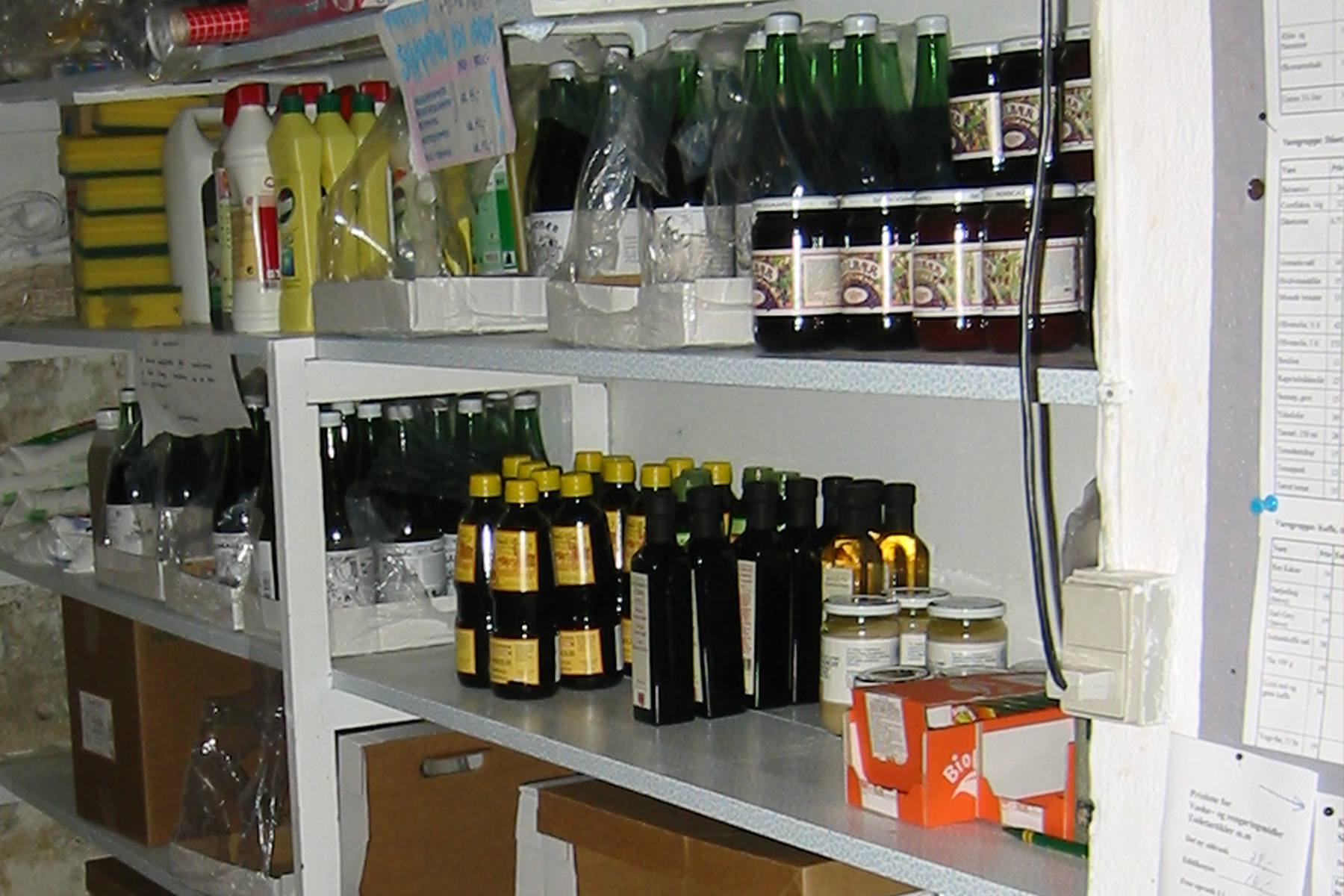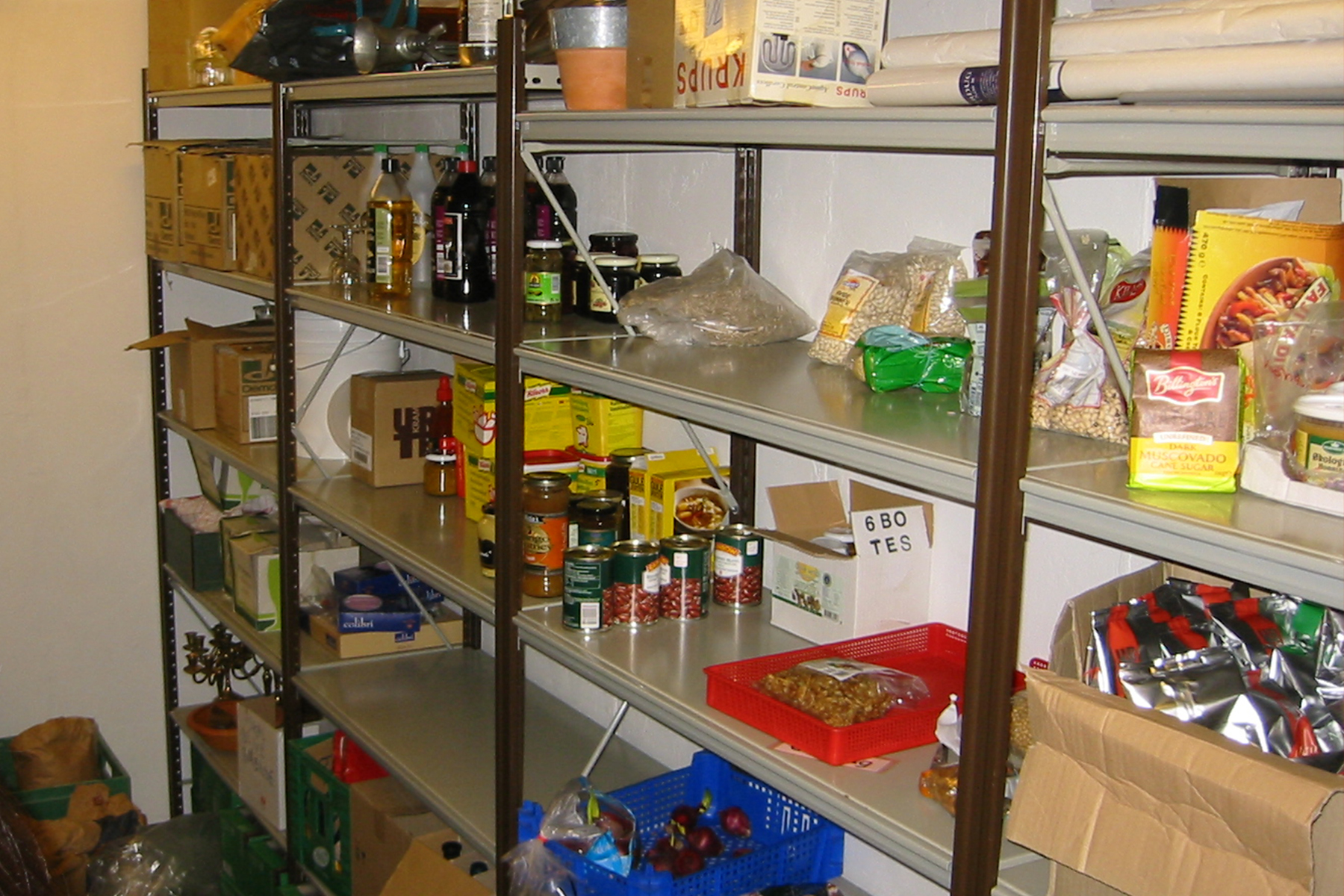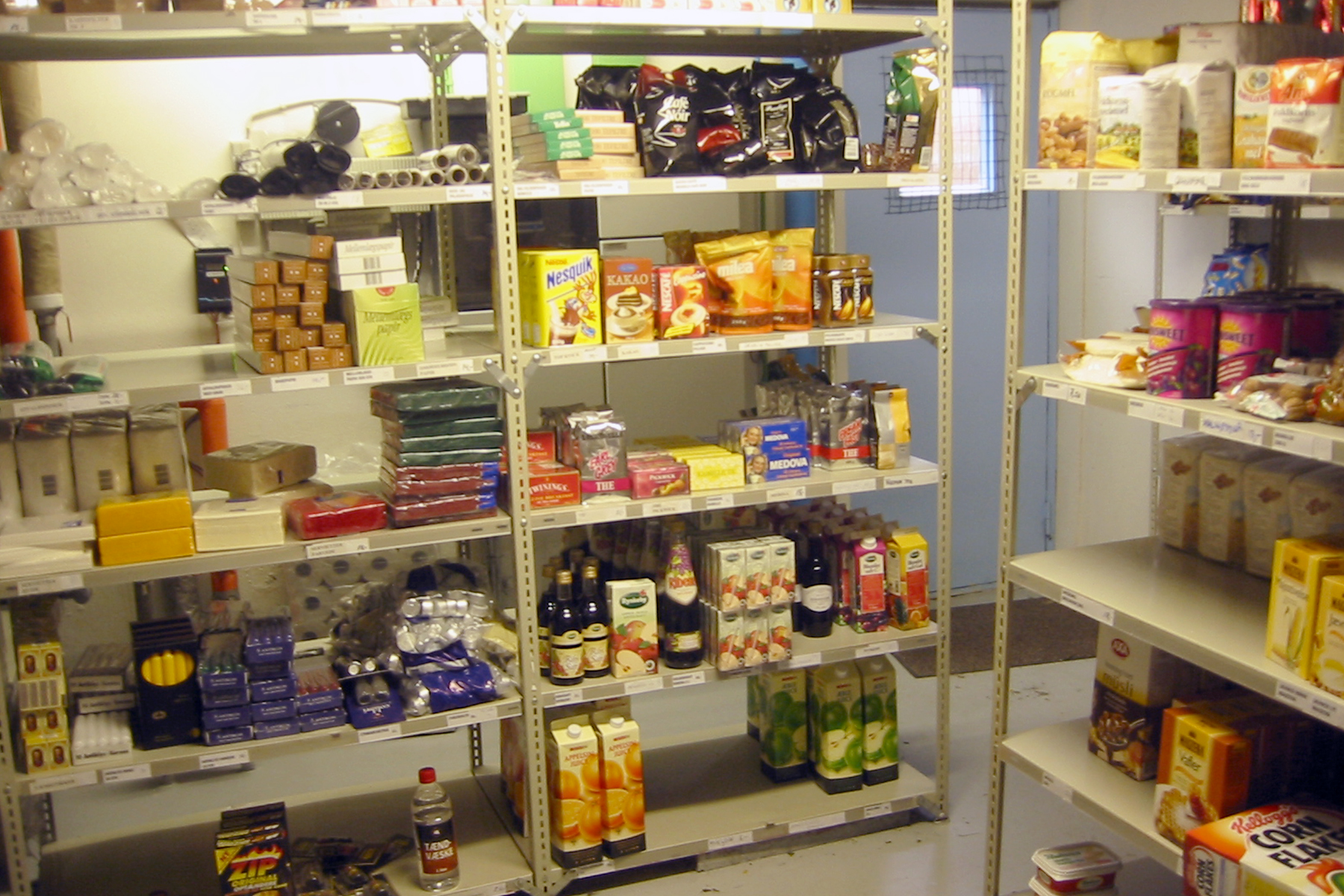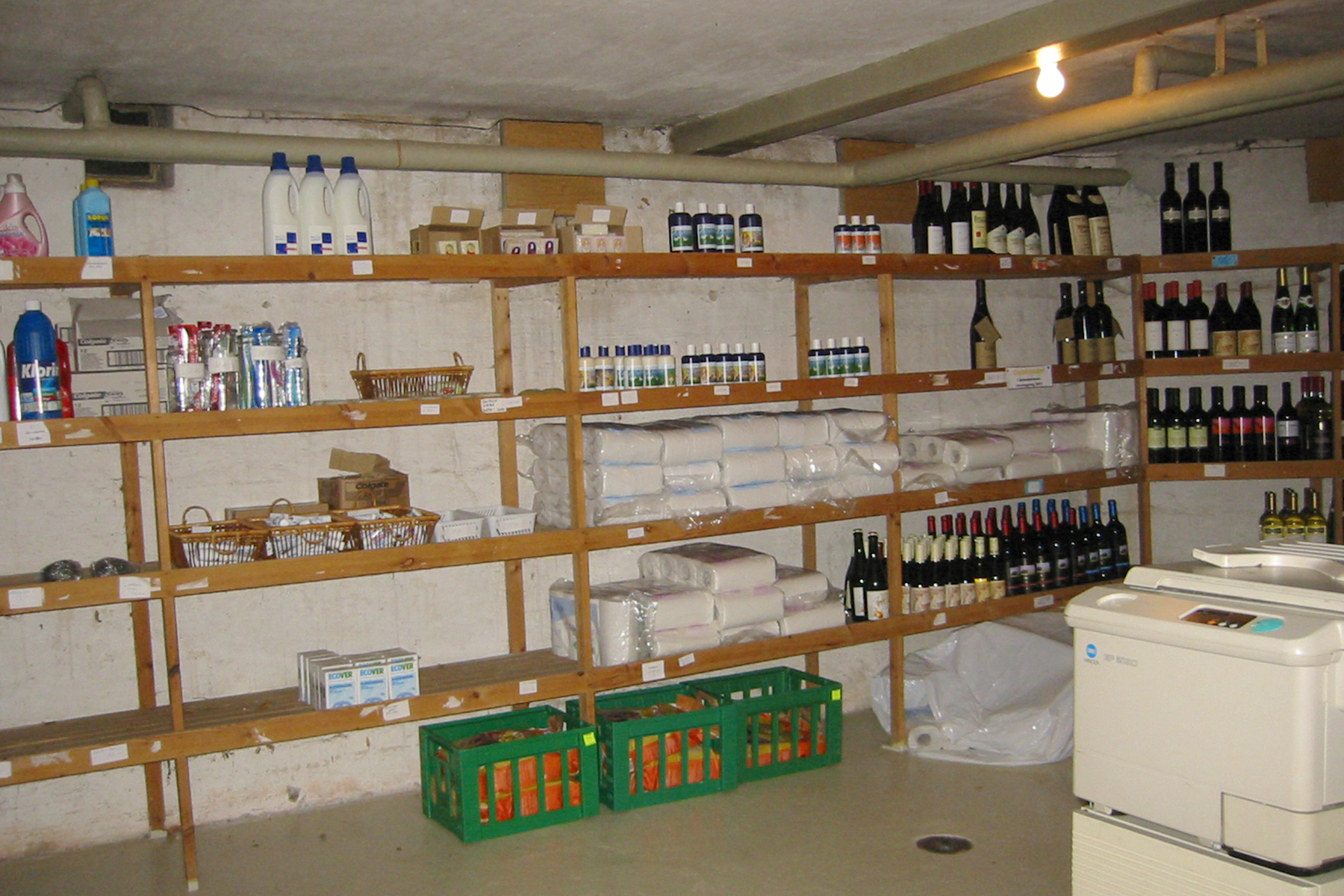In her recent article in the New Yorker, “How Loneliness From Coronavirus Isolation Takes Its Own Toll,” Robin Wright states that novel coronavirus has spread across the globe “at a time when more people are living alone than ever before in human history.”
Over the past month, with local, national, and international shelter-in-place measures enacted to slow the imminent spread of COVID-19, social isolation has become the norm and loneliness has been spreading almost as quickly as the novel virus.
As designers of, for, and with communities, Schemata Workshop has always been focused on design’s ability to increase social cohesion. For over two decades, Schemata Principal and Founder Grace Kim has carefully considered the ways in which design can either perpetuate or combat loneliness, exploring Cohousing as a housing model to encourage greater social connectedness within communities and larger neighborhoods. Her 2017 TED Talk “How Cohousing Can Make Us Happier (and Live Longer)” has become the inspiration for new Cohousing communities nationally and internationally.
We understand that in the present moment not everyone is living in community, but almost everyone is feeling the effects of isolation. Drawing from Grace’s lessons and the growing body of international research on the topic, we at Schemata compiled a quick resource guide on understanding loneliness, and buildings community over distance.
